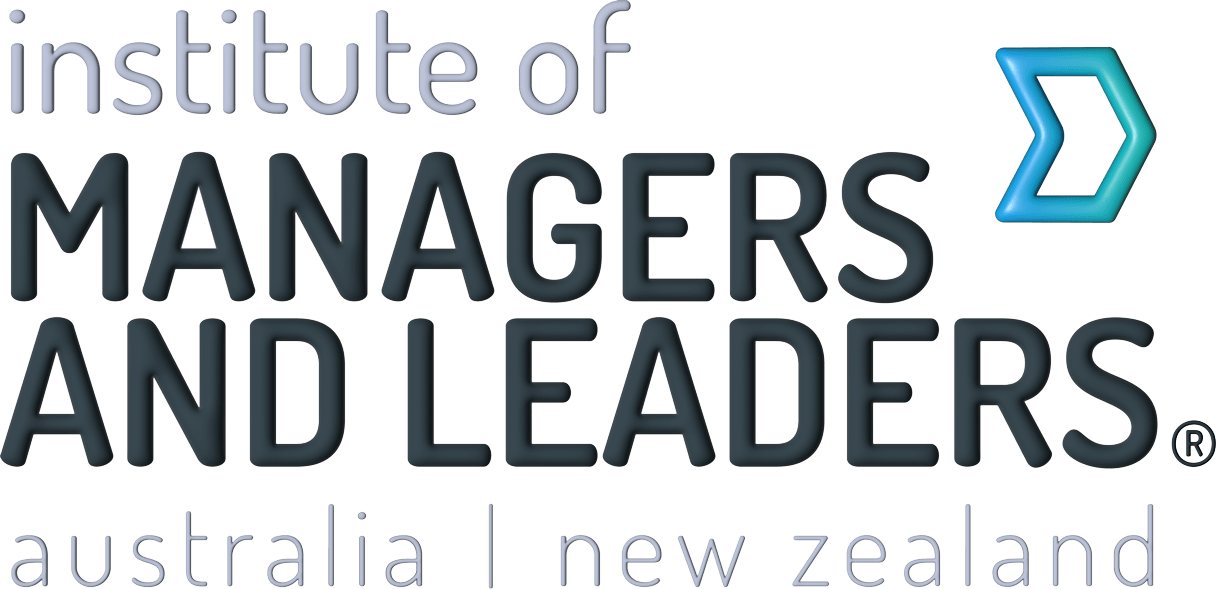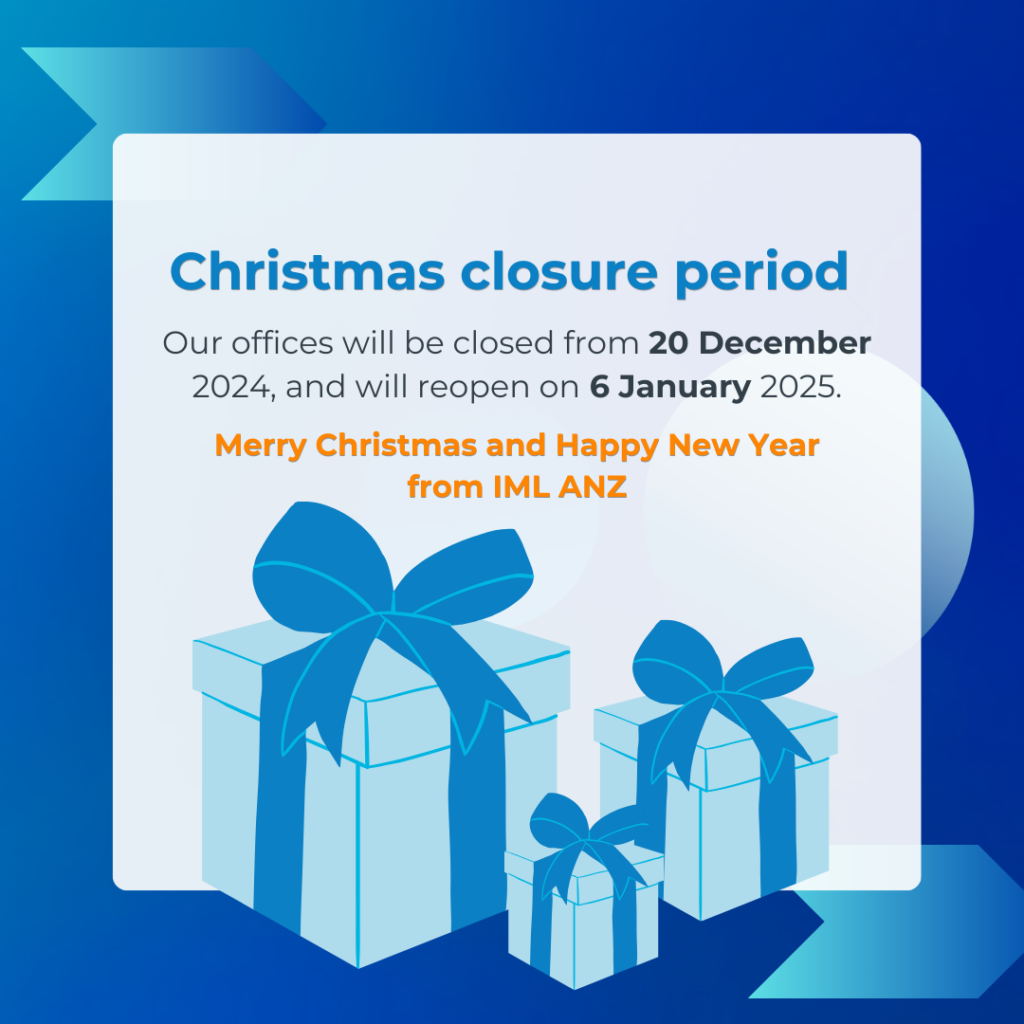When business strategies fail, blame is often pinned on inefficient processes, competing priorities, or resistance to change. But the real problem can be hiding in plain sight. Misalignment and weak collaboration within the senior leadership cohort—the leaders who report directly to executives—not only slow execution but quietly sabotage even the boldest strategies before they can get off the ground.
Trapped in-between
Senior leaders often find themselves caught between strategic expectations from the executive and the operational pressures of their teams. Faced with competing priorities, organisational silos, and incentives that reward individual performance, it’s no surprise that these groups’ function more like independent operators than a cohesive team.
Many organisations try to fix this by creating forums and calling senior leaders “the leadership team.” But these forums tend to focus on information sharing rather than genuine collaboration. They lack the glue, and the systems needed to unite leaders around shared goals, mutual accountability, and a clear rhythm for working together.
As James Clear aptly states in Atomic Habits, “You do not rise to the level of your goals; you fall to the level of your systems.” Without a clear framework and accountability, senior leadership teams are left with vague aspirations and fragmented efforts.
Collaborative leadership in action
There are powerful examples where alignment among senior leaders delivers real results. Take Macquarie Group, an Australian financial powerhouse known for its agility and sharp execution. A collaborative leadership structure, led by the Executive Committee and focused on cohesive decision-making, has helped it navigate complex markets and maintain a competitive edge. Or Unilever, the global consumer goods giant, which has put cross-level collaboration at the heart of its strategy to fast-track bold sustainability initiatives.
These examples demonstrate that when senior leaders are united around shared goals and empowered to collaborate effectively, strategy does translate into measurable results.
Fixing the gaps – united leadership
How can other organisations achieve strong senior leadership cohesion?
The Think One Team Canvas, developed from decades of experience working with leadership teams, offers a game-changing tool. It identifies six essential building blocks across three critical areas: Alignment, Collaboration, and Learning. Together, these elements help executives create the systems and culture required for united leadership:
- Alignment requires clarity of purpose and sharp focus on priorities. Senior leadership must align around shared goals and be disciplined in communicating these to the organisation.
- Collaboration emphasises connection and synergy, holding leaders accountable for partnering across boundaries and resolving challenges collectively.
- Learning supports adaptability through disciplined rhythms, ensuring leaders continually reflect, adjust, and improve in the fast-changing environment.
This framework has been applied in dozens of organisations, from global corporates to government departments, and was featured in Toolkit for Turbulence, a recent finalist in the Australian Business Book Awards. The results? Senior leaders working together with clarity, cohesion, and commitment.
A plan for united leadership
If closing the gap between strategy and execution is critical in your organisation, here’s three practical steps:
- Start with purpose: Make clarity of purpose non-negotiable. Start with a unified narrative that connects the organisation’s purpose to the priorities and enables every team to see their role in the bigger picture. Then have every team define their purpose. Without this alignment, even the best strategies falter.
- Strengthen partnerships: Genuine collaboration starts with accountability. Leaders must be held responsible for how they partner with colleagues—supporting and challenging each other to unlock potential and address tough issues. Replace fake alignment (superficial agreement that masks deeper problems) with real teamwork that drives results.
- Embed rhythms: Execution thrives on rhythm. Prioritise an operating cadence that ensures regular reflection, clear communication, and disciplined decision-making. This type of rhythm can transform meetings from routine updates into opportunities for continuous improvement and adaptability.
United leadership doesn’t happen by chance. It requires a deliberate framework, clear commitments, and shared accountability. When senior leadership teams align around purpose, collaborate effectively, and learn continuously, the impact is transformative. Strategies gain traction, silos dissolve, and organisations build the resilience to thrive in today’s fast-moving environment.
The cost of inaction
What happens if you don’t address the senior leadership gap? Slow execution and frustration are just the beginning. Misalignment cascades through the organisation, creating confusion for teams and missed opportunities in the marketplace. The cost of inaction isn’t just inefficiency—it’s lost potential.
The challenge is real, but so is the opportunity. Senior leadership cohorts that embrace the principles of alignment, collaboration, and learning not only close the execution gap but also create a foundation for lasting success. If you’re an executive leader looking to challenge yourself and enhance your skills for leading your teams and business, our Accelerate Course is for you. This course is designed to empower those stepping into or advancing in executive leadership positions to lead with confidence, adaptability and influence.



